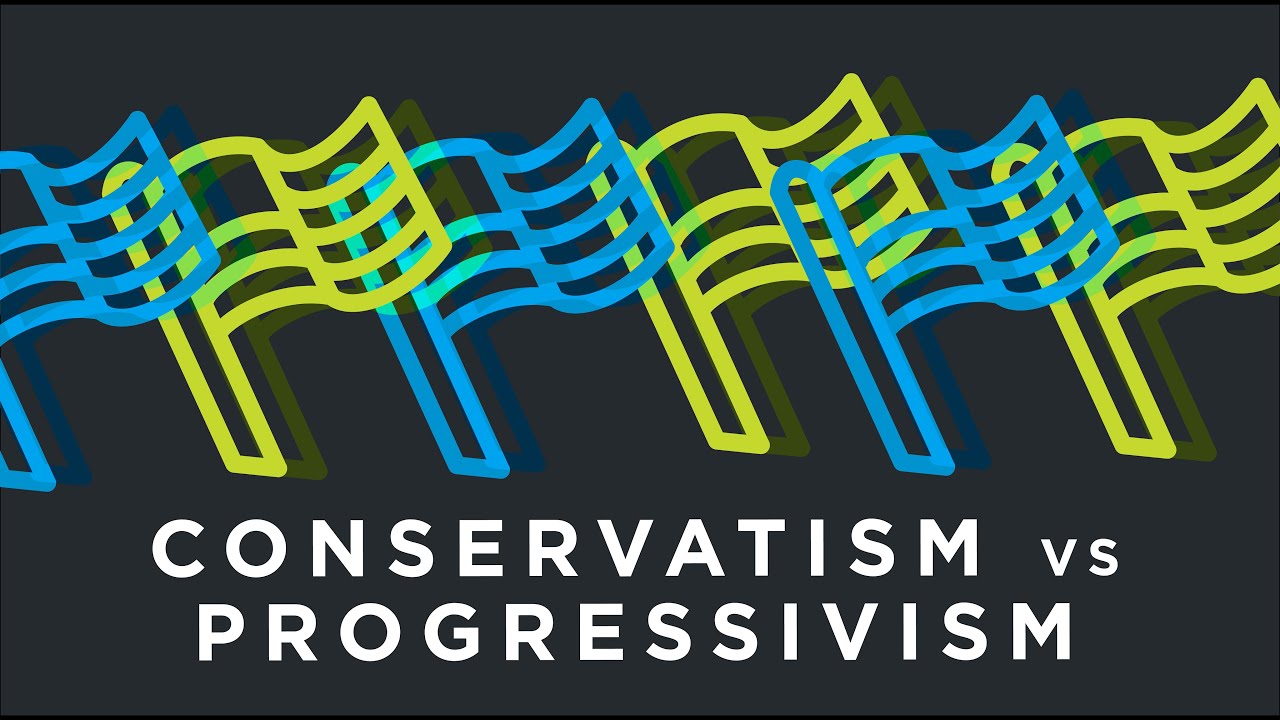

Navigating Ideological Currents: Conservatism vs. Progressivism
Conservatism and progressivism are two ideological currents that have shaped political discourse and policy-making for centuries. While they represent two opposing perspectives, it is important to note that they are not static or monolithic, and their definitions and priorities can vary across time and regions. In this answer, we will explore the key tenets, examples, and references associated with conservatism and progressivism.
Conservatism:
Conservatism is an ideology that emphasizes the preservation of traditional institutions, practices, and values. It seeks to maintain stability and order by advocating for gradual change and cautious reform. Key principles of conservatism include respect for tradition, limited government intervention, individual liberty, and a free-market economy.
1. Tradition and Stability: Conservatives value the wisdom accumulated over time through traditions, customs, and institutions. They argue that these traditions provide stability and continuity, which are essential for societal cohesion and order. For example, conservatives may advocate for the preservation of traditional family structures, religious institutions, and cultural norms.
2. Limited Government: Conservatives generally favor limited government intervention in the economy and society. They believe that excessive government intervention can stifle individual freedoms, hinder economic growth, and lead to inefficiencies. Instead, conservatives often support free-market principles, deregulation, and lower taxes to promote economic prosperity and individual liberty.
3. Individual Liberty and Personal Responsibility: Conservatives prioritize individual liberty and personal responsibility. They argue that individuals should have the freedom to make their own choices and be accountable for the consequences. For instance, conservatives may advocate for limited government interference in personal matters such as reproductive rights or drug use.
Examples of conservative policies include tax cuts to stimulate economic growth, deregulation to reduce bureaucratic hurdles, and support for traditional marriage and family values. Prominent conservative thinkers include Edmund Burke, Friedrich Hayek, and Ronald Reagan.
Progressivism:
Progressivism is an ideology that seeks to address social, political, and economic inequalities through reform and change. Progressives advocate for government intervention to promote social justice, equality, and collective well-being. Key principles of progressivism include social equality, active government involvement, environmental sustainability, and a focus on human rights.
1. Social Equality: Progressives emphasize equal opportunities and social justice. They argue that society should actively work to reduce disparities based on race, gender, socioeconomic status, and other factors. For example, progressives may advocate for policies such as affirmative action, equal pay legislation, or the expansion of social welfare programs.
2. Active Government Involvement: Progressives believe that government has a crucial role in addressing societal issues and promoting the common good. They argue that government intervention is necessary to correct market failures, regulate industries, and ensure public welfare. For instance, progressives may support government-funded healthcare, environmental regulations, or labor rights protections.
3. Human Rights and Social Welfare: Progressives prioritize human rights and social welfare, focusing on issues such as access to education, healthcare, and a clean environment. They argue that society should prioritize the well-being of all individuals and protect vulnerable populations. For example, progressives may advocate for universal healthcare, affordable housing, or stricter gun control laws.
Examples of progressive policies include the Affordable Care Act (Obamacare), environmental regulations to combat climate change, and social movements such as LGBTQ+ rights or Black Lives Matter. Prominent progressive thinkers include John Stuart Mill, John Dewey, and Franklin D. Roosevelt.
It is essential to note that conservatism and progressivism are not mutually exclusive, and many political ideologies incorporate elements from both perspectives. Moreover, the definitions and priorities of these ideologies can evolve over time, reflecting changing societal contexts and challenges.
References:
- Heywood, A. (2017). Political ideologies: An introduction. Palgrave Macmillan.
- Scruton, R. (2006). A dictionary of political thought. Palgrave Macmillan.
- George, S. (1999). The big lie: Spying, scandal, and ethical collapse at Hewlett-Packard. Public Affairs.
Related Posts
© 2025 Invastor. All Rights Reserved

User Comments